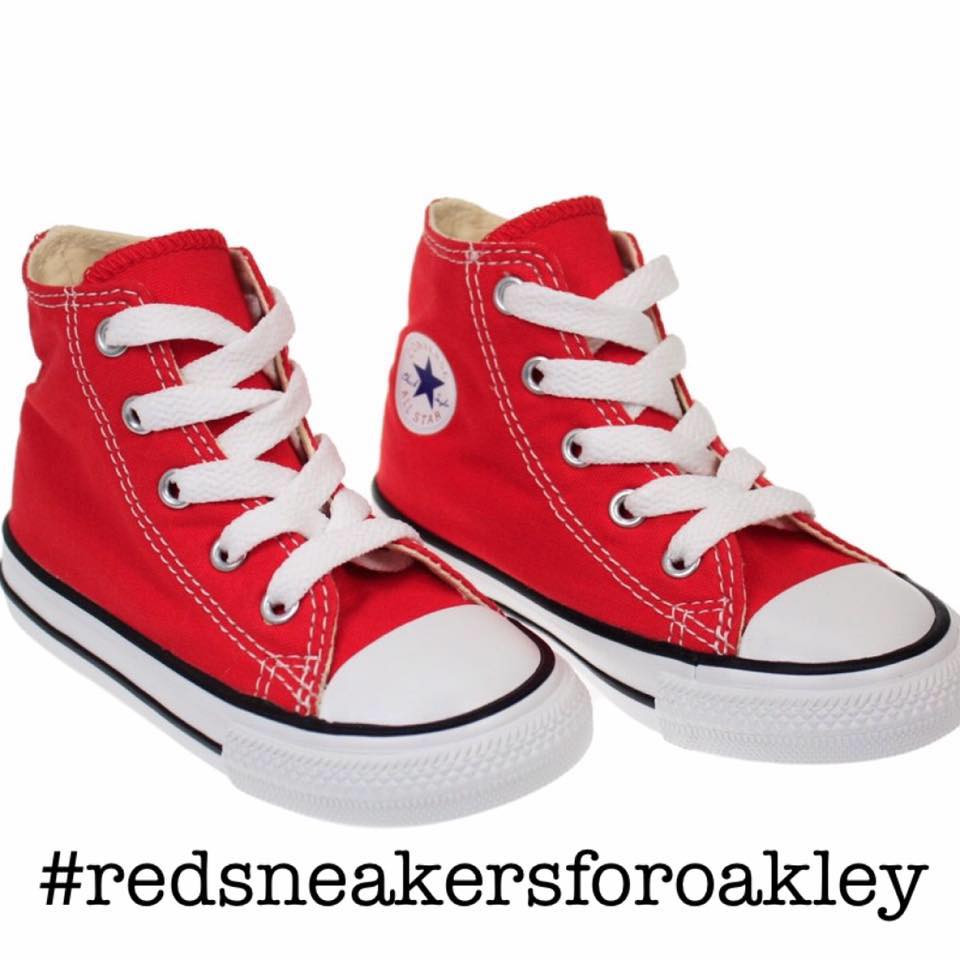Weekend Pick:
Allergy
“What Does an Allergic Reaction Look Like?”
Read and Learn
It seems that every month marks a cause and May is no different. It is dedicated as Allergy Awareness Month. At our house we are acutely aware of food allergies because our granddaughter is peanut and tree nut allergic. She also has asthma. We found this out before she was two years old and it was all new to us.
My niece has a teenage son who has many food allergies so I looked to her first. What I found out was how difficult it was to impress upon other adults the supreme seriousness of anaphylactic reactions to foods like nuts, eggs, milk. In minutes a child can be dead from ingesting or even touching an allergen.
What I have found over the years is that stories from other parents of kids who have had anaphylactic reactions sometimes have an effect on people that statistics, and medical information just does not. Parents sharing their anguish as they recount watching their child experience cardiac arrest after eating or touching a peanut makes people listen.
Just as Jimmy Kimmel’s tearful story about his newborn son’s cardiac anomaly and emergency heart surgery affected millions of viewers, we need more stories from food allergy parents to help with awareness of this disability.
This week I read Julia Ryan’s story about her son Tagg. It left me with chills! She mentions Oakley Debbs in her story. I too think of Oakley, who died this past Thanksgiving and whose parents have founded RedSneakers.org in his memory.
Julia Ryan and Merrill Debbs have different stories but both women have shared theirs in order to prevent others from suffering as they have.
Please support Food Allergy Awareness in any way you can .
You may save a life!
“Make sure you’re sharing from your scars, not your open wounds.” I need to talk about the two times in less than two weeks my son was transferred by ambulance-a Critical Care Transfer Unit-from one emergency room to second larger hospital and admitted to the ICU. I know this could have been written better but sometimes done is better than none.



